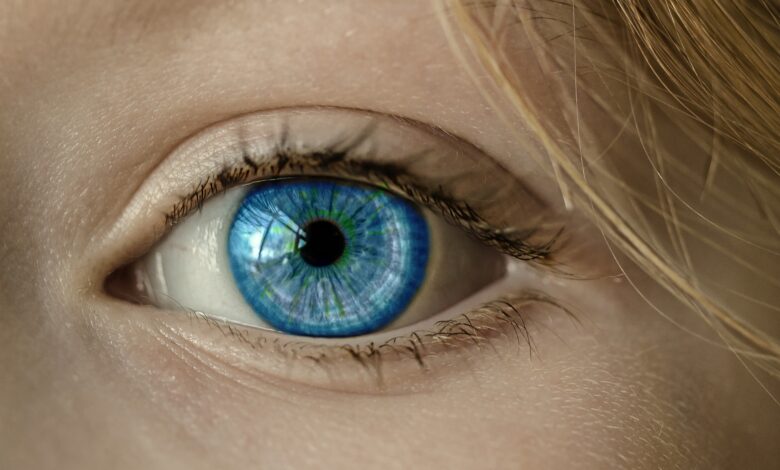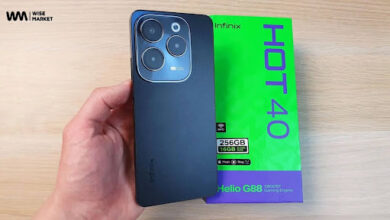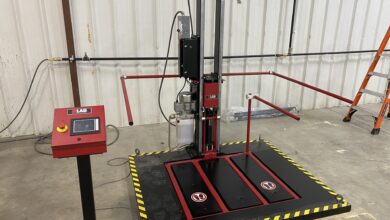Low Vision and Virtual Reality: Enhancing Visual Perception

Low vision, a condition characterized by significant visual impairment that cannot be fully corrected with conventional eyeglasses or contact lenses, poses daily challenges for millions of individuals. Reading, recognizing faces, and navigating the world can be difficult.
However, the advent of virtual reality (VR) technology has opened up new possibilities for enhancing visual perception and improving the quality of life for those with low vision. In this blog post, we’ll delve into the world of low vision, explore its causes, and examine how virtual reality is revolutionizing visual perception for individuals with low vision.
Understanding Low Vision
A. Defining Low Vision
Low vision is a visual impairment that cannot be fully corrected with standard eyeglasses, contact lenses, or surgery. Individuals with low vision may experience reduced visual acuity, blind spots, or a narrowing of their visual field. It is not synonymous with blindness but significantly impacts daily life.
B. The Impact on Daily Life
The challenges of low vision are far-reaching. Tasks such as reading, recognizing faces, and safely navigating one’s environment become complex. Conditions leading to low vision include age-related macular degeneration, glaucoma, diabetic retinopathy, and more.
The Role of Virtual Reality in Low Vision
A. VR as a Tool for Visual Enhancement
Virtual reality has emerged as a promising tool for enhancing visual perception in individuals with low vision. VR headsets, often associated with gaming, can provide customizable, immersive visual experiences that cater to the unique needs of each user.
B. Customizable Visual Settings
One of the remarkable features of VR is its adaptability. Users can customize visual settings to suit their preferences. Adjustments may include font size, contrast, color schemes, and magnification levels, allowing individuals to create a visual environment that works best for them.
VR Applications for Low Vision Users
A. Reading and Text Recognition
Reading can be a significant challenge for those with low vision. VR applications have been developed to assist low-vision users by magnifying printed text and employing text-to-speech technology. These applications make books, documents, and signs accessible.
B. Enhanced Navigation
Navigating the world with low vision can be daunting. VR applications offer solutions by integrating GPS technology and real-time mapping into the headset. Users can receive audible directions and descriptions of their surroundings, enhancing their ability to move independently.
C. Virtual Magnification and Object Recognition
VR applications also provide virtual magnification and real-time object recognition. Users can zoom in on objects or have the headset describe what’s in front of them, making tasks like identifying items or reading labels more manageable.
Success Stories and User Testimonials
The impact of VR on individuals with low vision cannot be overstated. Success stories abound, with users reporting significant improvements in their visual perception. These stories serve as powerful testimonials to the potential of VR technology in enhancing daily life.
Accessibility and Affordability of VR for Low-Vision Users
A. Availability of VR Headsets
To harness the benefits of VR, individuals with low vision need access to suitable headsets. Fortunately, various VR headsets are available, ranging from standalone options to PC-based systems. It’s essential to choose one that suits individual needs and preferences.
B. Cost Considerations
Affordability is a crucial factor for many. VR headsets and applications vary in price. Some organizations and programs offer discounts, grants, or subsidies to make VR technology more accessible to those with low vision.
The Future of VR and Low-Vision
As technology continues to advance, VR’s role in improving visual perception for individuals with low vision is likely to expand. Ongoing research and developments hold promise for even more innovative and effective applications of VR in low-vision rehabilitation and therapy.
Conclusion
In conclusion, low vision presents unique challenges, but virtual reality is proving to be a game-changer. By offering customizable visual settings, enhancing reading and navigation, and providing real-life success stories, VR technology is enhancing the visual perception of individuals with low vision. As accessibility and affordability continue to improve, the future of VR and low vision appears brighter than ever, offering newfound independence and opportunities for a more fulfilling life.
FAQs
1. What is low vision, and how does it differ from blindness?
Low vision is a significant visual impairment that cannot be fully corrected with standard eyeglasses or contact lenses. It differs from blindness as individuals with low vision retain some degree of sight, although it is severely reduced, allowing them to perceive light, shapes, and objects to varying extents.
2. What are the common causes of low vision?
Low vision can result from various causes, including age-related macular degeneration, glaucoma, diabetic retinopathy, cataracts, and other eye conditions. These conditions affect the quality and clarity of vision and often lead to reduced visual acuity.
3. How does virtual reality (VR) enhance visual perception for individuals with low vision?
VR enhances visual perception for individuals with low vision by providing customizable, immersive experiences. Users can adjust settings like font size, contrast, and color schemes to suit their specific needs. VR applications also offer magnification, text-to-speech technology, and object recognition, making reading, navigation, and identifying objects more accessible.
4. Are there specific VR headsets designed for individuals with low vision?
While many VR headsets are suitable for individuals with low vision, some organizations and developers are creating VR applications and experiences tailored to this demographic. These applications aim to address the unique visual challenges faced by individuals with low vision.
5. How can individuals with low vision access and afford VR technology?
Access to VR technology for individuals with low vision is increasing, with various headsets available, ranging from standalone to PC-based systems. Some organizations, programs, and support networks offer discounts, grants, or subsidies to make VR technology more affordable and accessible to those with low vision.
6. What does the future hold for the intersection of virtual reality and low vision?
The future of VR and low vision is promising. Ongoing research and developments are likely to result in more innovative and effective applications of VR in low-vision rehabilitation and therapy. As technology continues to advance, individuals with low vision can anticipate even greater opportunities for enhancing their visual perception and improving their quality of life through VR.



